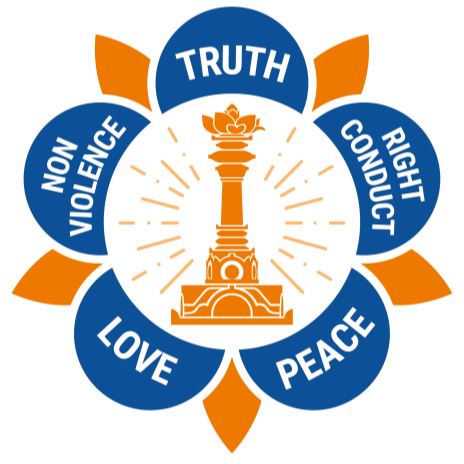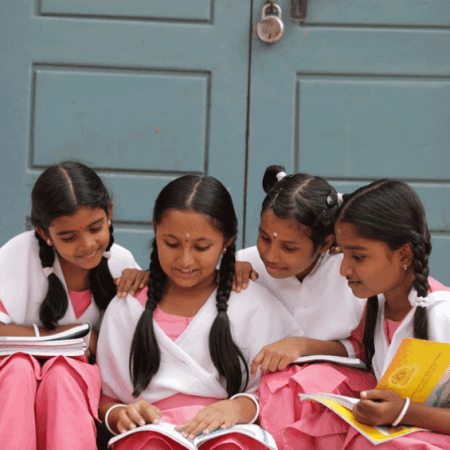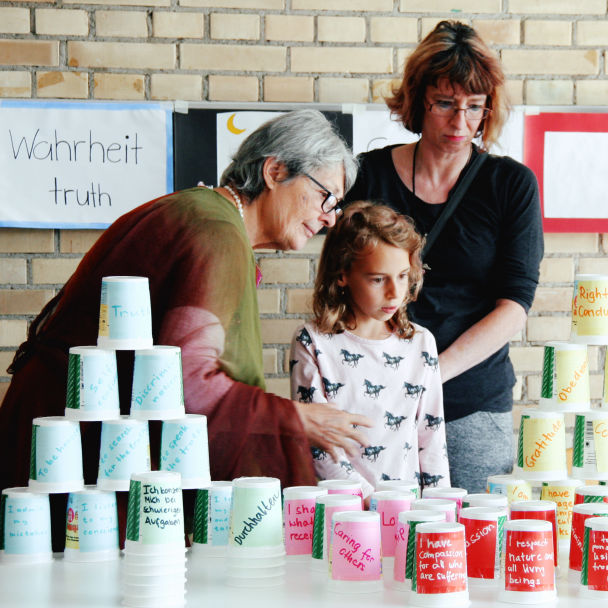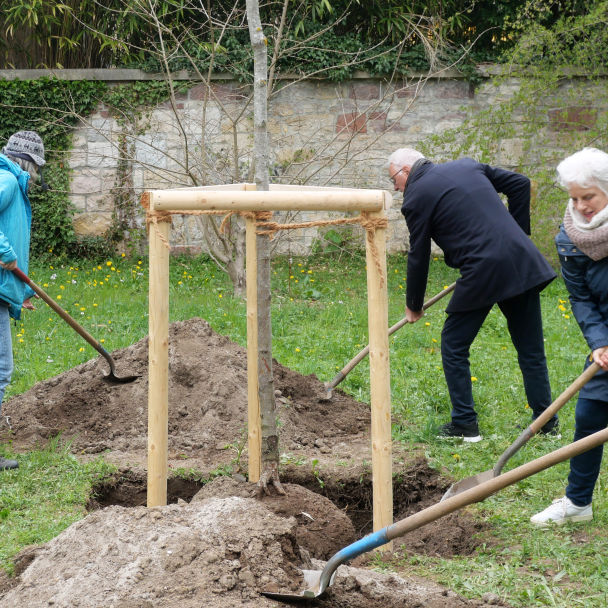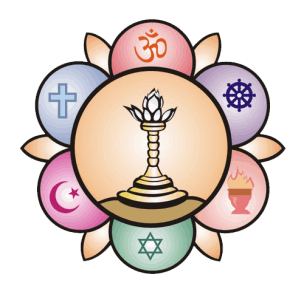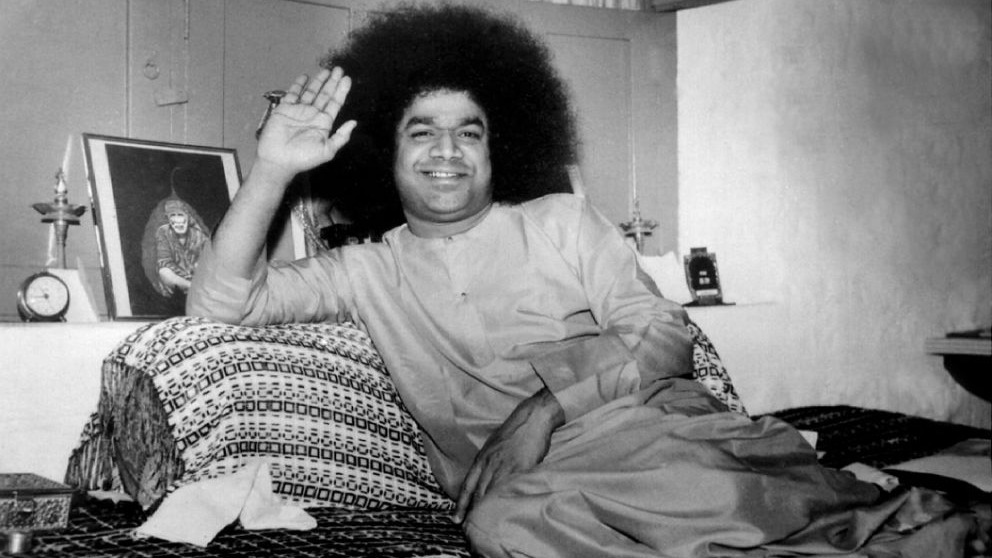Educære
Sri Sathya Sai Baba has promoted a unique approach to education called Educære - a fusion of the Latin words educare and educere - which brings out the divine qualities of truth, right conduct, peace, love and non-violence that lie dormant in man. Educære harmonises the heart, the head and the hands. True education must widen the heart and expand love. True education promotes the sense of oneness, brings out the divine qualities of man and supports the unfolding of the human personality.
